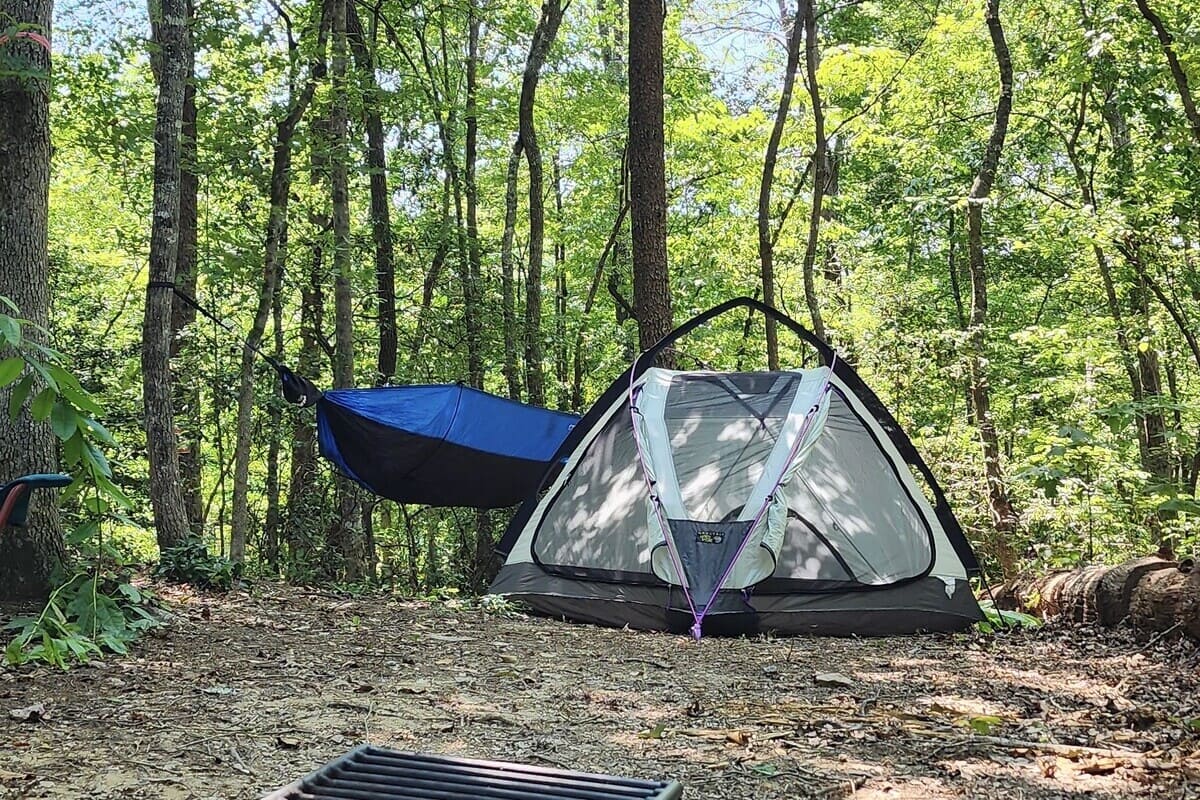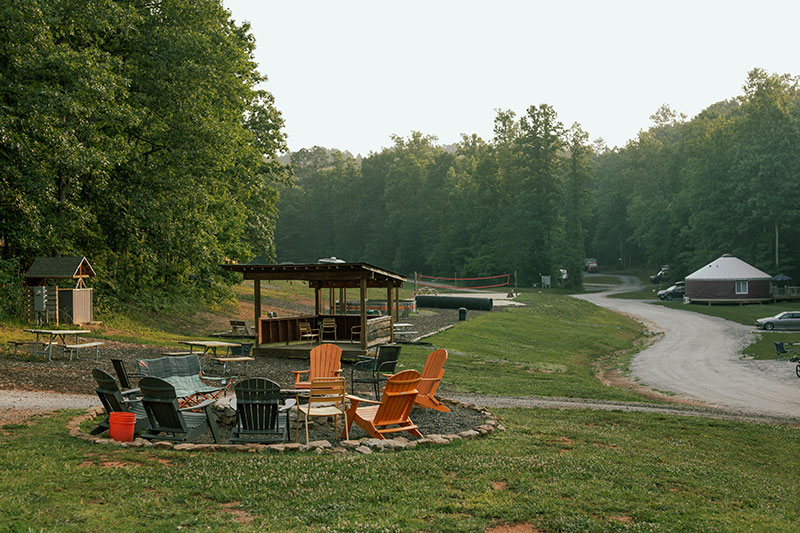Wilderness Training: Thriving in the Wild with Essential Survival Skills
Whether you’re an outdoor enthusiast, a seasoned adventurer, or someone just looking to connect more deeply with nature, wilderness training is an invaluable skill set that can ensure safety and success when venturing into the wild. From building shelters and starting fires to sourcing and purifying water, these skills not only enhance your outdoor experience but can also be life-saving in a survival situation.
1. Creating a Safe Haven: Building a Shelter
When you’re out in the wilderness, shelter is one of the first things you need to prioritize. A well-built shelter protects you from the elements, conserves body heat, and provides a safe place to rest.
Shelter Building Techniques:
- Tarp Shelter: A simple tarp can be used to create a shelter by securing it to trees with rope. This is quick to set up and provides good protection from rain.
- Lean-To Shelter: Constructed from branches and foliage, a lean-to is a great option when you need more insulation or want a sturdier structure.
- Insulation: Use pine boughs, moss, leaves, or even your backpack to insulate the floor of your shelter to prevent heat loss from the ground.
2. Staying Hydrated: Finding and Purifying Water
In the wild, finding a clean, reliable water source is essential for survival. Knowing how to identify safe water sources and purify them is a must.
Water Sourcing and Purification Methods:
- Identifying Water Sources: Look for streams, rivers, and springs—moving water is usually safer than standing water, which can contain harmful bacteria.
- Purification Techniques:
- Boiling: Bring water to a rolling boil for at least one minute to kill bacteria and parasites.
- Water Filters: Carry a portable water filter or pump to remove contaminants from natural water sources.
- Chemical Treatments: Use water purification tablets or drops as a lightweight option for purifying water.
3. Mastering the Basics of Fire: Starting, Maintaining, & Safety
Fire is an essential tool for warmth, cooking, and signaling. But starting a fire in the wilderness, especially when conditions are less than ideal, requires skill and preparation.
Fire Starting Essentials:
- Fire Starters: Carry waterproof matches, a firesteel, or a lighter, and practice using them in various conditions.
- Fire Lay Techniques: Learn different types of fire lays, such as the teepee and log cabin, to build a fire that burns efficiently.
- Tinder, Kindling, and Fuel: Gather dry tinder (like birch bark or dry grass), kindling (small sticks), and larger logs for a sustained fire. In wet conditions, use a fire starter or find alternative dry materials like fatwood.
- Safety Tips: Always have a way to extinguish your fire safely and never leave it unattended. Extinguish your fire completely before leaving the site.
4. Wilderness Feast: Foraging & Preparing Meals
Next in the list of basic needs in the wilderness is feeding yourself. Foraging is a rewarding skill that provides sustenance with edible plants, mushrooms, and even insects. However, foraging requires knowledge, as some plants can be toxic. Safe food preparation will help you avoid illness.
Tips for Safe Foraging:
- Learn the Basics: Study local edible plants, berries, and fungi before heading out. Avoid foraging without proper knowledge.
- High-Energy Foods: Look for nuts, seeds, and berries, which can provide essential calories. Wild garlic, dandelion greens, and stinging nettles are common edible plants that are packed with nutrients.
- Wild Protein: In some areas, insects like crickets or ants are rich in protein and can be a viable food source.
Campfire Cooking Tips:
- Cooking Tools: Bring a cast iron skillet or Dutch oven for efficient campfire cooking. If you’re going minimal, a simple pot and grill grate will do.
- Using Rocks: Arrange flat rocks around your fire to create a cooking surface.
- Cooking Over Coals: Place your food on the hot coals, not directly on the flames, for even cooking.
5. More Key Wilderness Skills
- Navigation: In the wilderness, GPS devices can be unreliable, and cell service might not be available. Learning traditional methods like map reading, compass use, and natural navigation are critical.
- Animal Safety: Learn how to identify animal tracks. Take precautions to avoid unnecessary interactions with local wildlife, like packing a bear bag to secure food. If you do have an encounter, you’ll want a plan in place to be sure you don’t escalate the situation.
- Emergency Signaling: Understand how to signal for help using mirrors, whistles, or creating large symbols in the dirt or snow.
- First Aid: Basic wilderness first aid knowledge is crucial in case of injuries or medical emergencies. Always carry a first aid kit and know how to use its contents.
Want to Learn More? Hands-On Training Opportunity
Want to learn more after reading these basic tips? Wilderness expert, Joshua Welter, will be leading Wilderness Training at Emberglow Outdoor Resort the weekend of April 11th-12th. He has spent decades in wilderness education around the country, most recently as a guide in Yellowstone National Park.
This hands-on training covers navigation, campfire cooking, shelter building, water sources and purification, foraging, and so much more. No matter your skill level, wilderness training offers something for everyone. So, step outside, embrace the challenge, and develop the skills that will allow you to enjoy the outdoors like never before!


